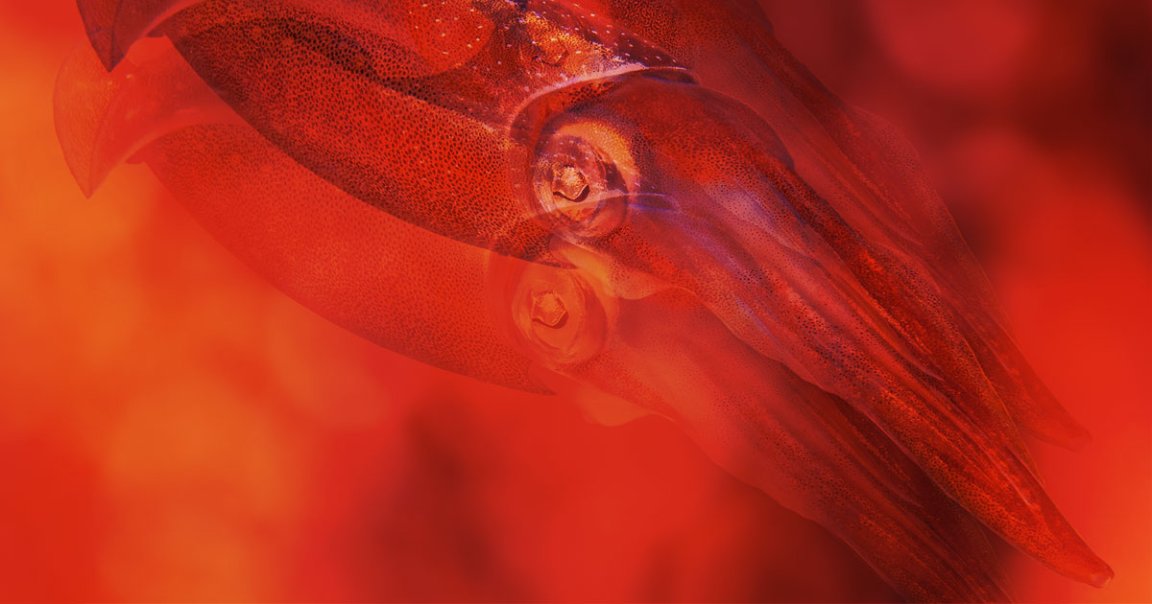
Active Camo
By tinkering with the genetics of human cells, a team of scientists gave them the ability to camouflage.
To do so, they took a page out of the squid’s playbook, New Atlas reports. Specifically, they engineered the human cells to produce a squid protein known as reflectin, which scatters light to create a sense of transparency or iridescence.
Not only is it a bizarre party trick, but figuring out how to gene-hack specific traits into human cells gives scientists a new avenue to explore how the underlying genetics actually works.
Invisible Man
It would be fascinating to see this research pave the way to gene-hacked humans with invisibility powers — but sadly that’s not what this research is about. Rather, the University of California, Irvine biomolecular engineers behind the study think their gene-hacking technique could give rise to new light-scattering materials, according to research published Tuesday in the journal Nature Communications.
Or, even more broadly, the research suggests scientists investigating other genetic traits could mimic their methodology, presenting a means to use human cells as a sort of bioengineering sandbox.
Biological Sandbox
That sandbox could prove useful, as the Irvine team managed to get the human cells to fully integrate the structures producing the reflectin proteins. Basically, the gene-hack fully took hold.
“Through quantitative phase microscopy, we were able to determine that the protein structures had different optical characteristics when compared to the cytoplasm inside the cells,” Irvine researcher Alon Gorodetsky told New Atlas, “in other words, they optically behaved almost as they do in their native cephalopod leucophores.”
READ MORE: Secret of squid invisibility used to turn human cells transparent [New Atlas]
More on gene-hacking: Astrobiologist: We Should Gene-Hack New Traits Into Mars Settlers